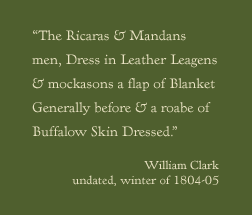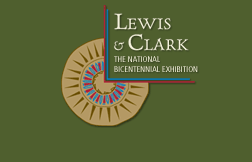
 |
This curriculum provides two questioning guides for use with primary source materials: For older students, especially, it is important to note that primary sources contain bias and are subjective in nature. No source should stand alone. Historians gather as many primary sources as possible in order to form an interpretation. The Lewis and Clark journals, for example, provide both men's perspectives on the expedition. Because they are the most detailed accounts of the expedition, the journals are quoted widely. However, Lewis and Clark were selective in their decisions about which events to record. Their perspectives are based on their background and place in life, and differed from the those of the people with whom they interacted. All students of history should be able to distinguish between primary and secondary sources. Primary Source: a first-hand, original account, record or piece of evidence about a person, place, object, or event. Oral histories, objects, photographs, and documents - such as newspapers, ledgers, census records, diaries, journals, letters and receipts - are primary sources. Secondary Source - an account, record or piece of evidence derived from an original or primary source. Textbooks are secondary sources. For more information about using primary source materials, visit the Library of Congress website at:
|
|||
 |
 |
 |
 |
